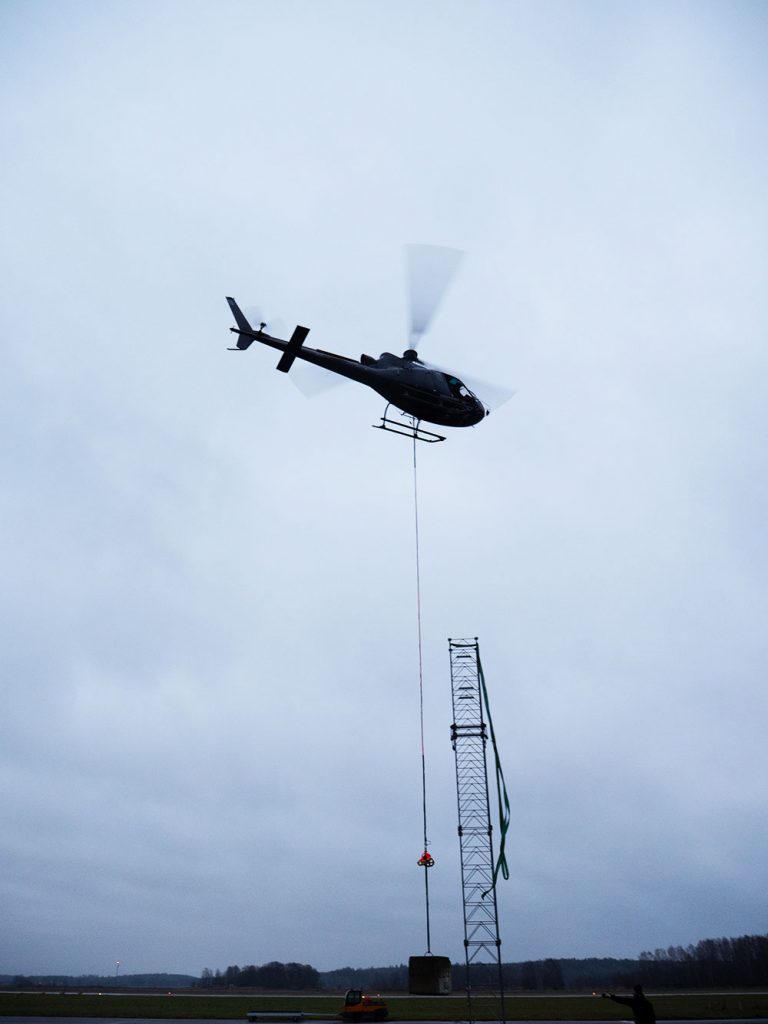Our line inspections course will certify you and leave you completely prepared for inspection flights for the power industry. The course contains the following parts:
– Low flight
– Line inspection
– EBR
HeliAir Academy offers you various special training courses to develop your skills to a higher level and make you more attractive to employers.
The instructors for our special training courses fly all the different operations we offer to customers. The training courses we offer follows the exact same course curriculum we use for our own pilots to be able to perform the operations we conduct.
The courses are mainly carried out at our main base at Västerås airport and with a course schedule to suit every students needs and conditions. All our special training courses start with a proficiency check with one of our instructors who will conduct the training course with you.
By taking one of our special courses you will be more than just another pilot looking for a job, you will stand out from the crowd.
Power line inspections course
Low flight
Theoretical training
- General principle for low level flight
- Wind and turbulence effects on the flight
- Hill and obstacle crossing
- Different weather phenomena impact on the flight
- Emergency procedures
Practical Training
- Constant altitude over terrain
- Obstacle recognition and avoidance technique
- Flights at various weather conditions
- Emergency procedures
During the training, we also practice elements such as communications between the pilot and crew, risk assessment and helicopter performance minima…
Line inspection
During this part of the training, we cover the following topics:
Theoretical training
- Review of warning signs and fault finding
- Review of EBR Standard
- Weather affecting the flight
- Helicopter Limitations / Performance
- Risk Awareness
- Start and landing areas
- Coordination and planning with crew member / Inspector
- Other training regarding equipment
- Familiarization of maps and computers to be used
Practical training
- General flying on current aircraft
- Low speed flying with high and low AUM
- Low speed flying with obstacles, high power lines and varying terrain
- Flying to and from the site, faults, observations on the power line
- Inspection flying on double pole power lines
- Inspection flying on larger single pole power lines
- Inspection flying on other major power lines
This part of the training is designed to cover all the elements that you need to perform line inspection flights along with an inspector from the power industry.
EBR
An EBR training certificate is mandatory for everyone working in the Swedish power industry. It is developed by Svensk Energi, and contains all the parts you need to know to fly inspection flights on our distribution network for electricity in Sweden. HeliAir Sweden have permission to train pilots as well as inspectors under the EBR standards.
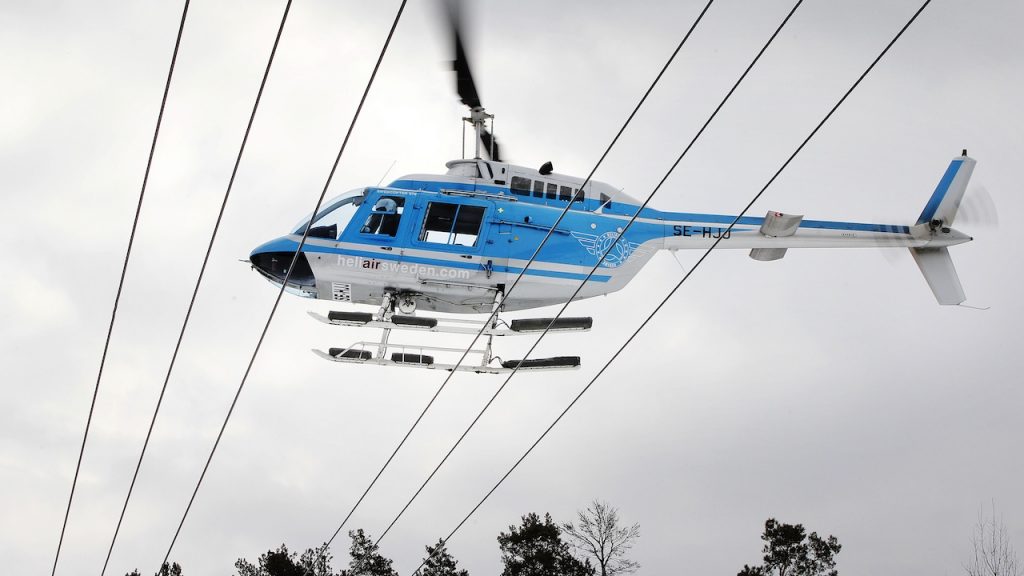
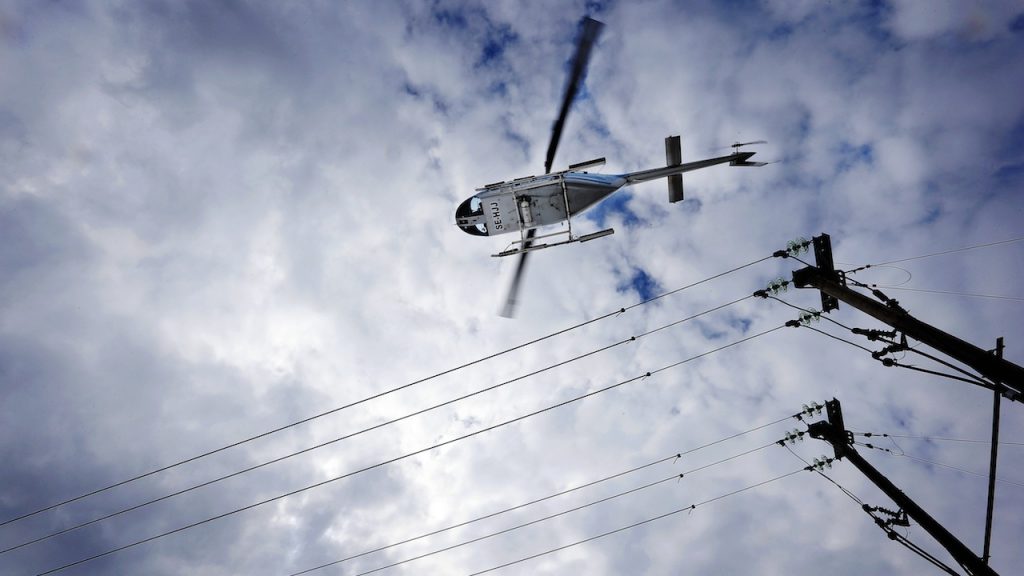

Sling load operations course, basic
During basic training in sling load operations, the following topics are included:
– Low flight
– Sling Load Operations (basic level)
– Bambi bucket (basic level firefighting)
Low level flight
Theory
- General principles for low level flight
- The influence of wind and turbulence during low level flights
- Passing heights and obstacles
- Weather phenomena that have special influence at low flights
- Emergency procedures
Practical training – Flight Training
- Constant height above terrain
- Recognition of obstacles and techniques for avoiding these
- Operating in various weather conditions
- Emergency procedures
During training in low level flight we also practice elements such as communications between the pilot and crew, risk assessment and helicopter minima…
Sling load operations, basic course
Theory
- Preparations and procedures for sling load assignments
- Handling and use of equipment
- Review of HFM
Practical training – general sling loads
- Lift and placement of sling loads
- Take off and flight with sling loads
- Adaptation of speed, cancellation of oscillating loads with various types of loads
- Exercise in the initiation and flight into autorotation with load
- Exercise routines at emergency release of cargo
- Precision placement of the load with the guidance of land staff
Practical training – special areas
- Flying with concrete berets
- Fire fighting with bambi buckets
The two above special areas include all techniques and skill training parts for the safe operations of these aerial work activities, and leave you well prepared for executing these techniques in real situations.
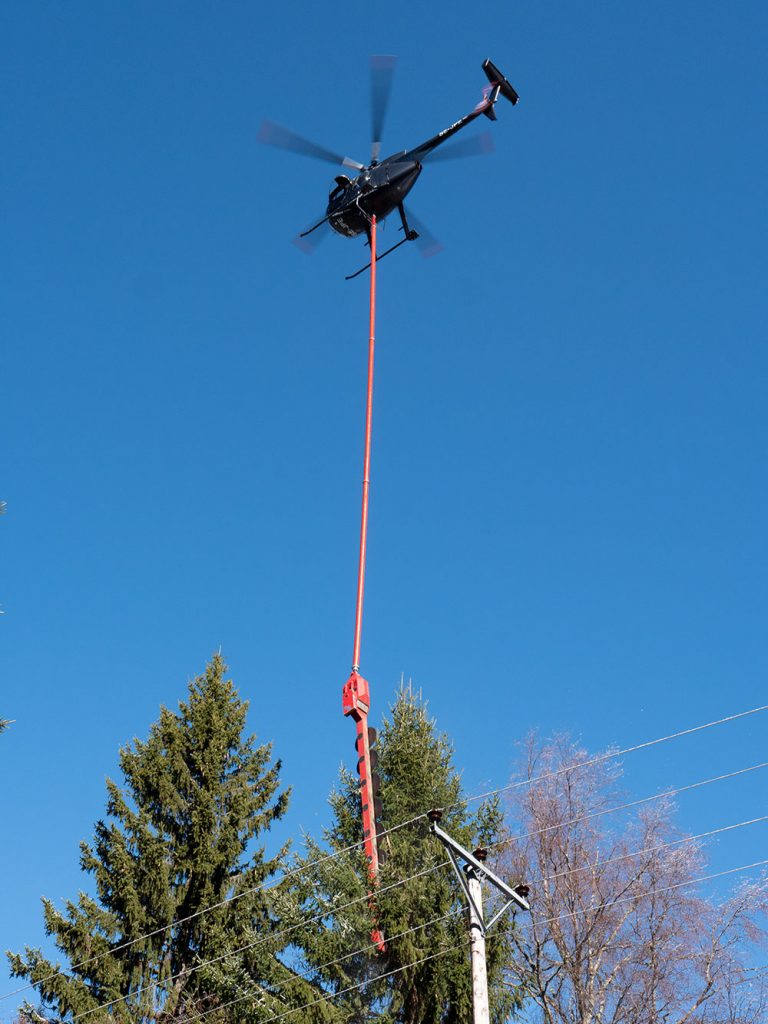
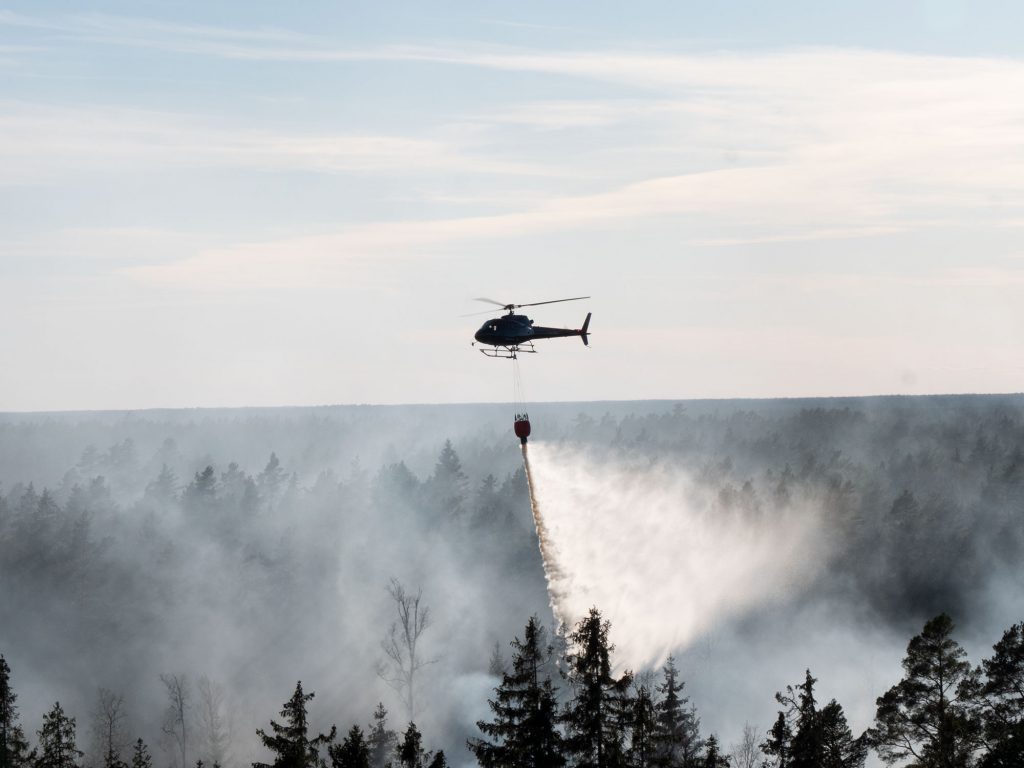
Sling load operations course, advanced
The advanced course in sling load operations is the continuance of the basic course, including the following elements:
– Precision lift and docking of sections during construction work
– Long line techniques / vertical reference at high altitudes
– Flying with sling load and mirror (optional)
Sling load operations, advanced level
Theory
- Preparations and procedures for hanging load assignments – continued
- Handling and use of specialized equipment
- Review of HFM
Practical training – sling load operations, advanced level (general training)
- Lift and placement of loads, high-precision
- Placement of load with the guidance of ground staff
- Placement of load solely by altitude reference and ground staff guidance
Practical training – specialized areas
- Flying with longline – high altitude vertical reference
- Docking of sections and components during construction
- Flying with mirrors (optional, requires AS 350)
The training for the above aerial work types include all aspects and skills that can be considered mandatory for checking you out on the respective technique.
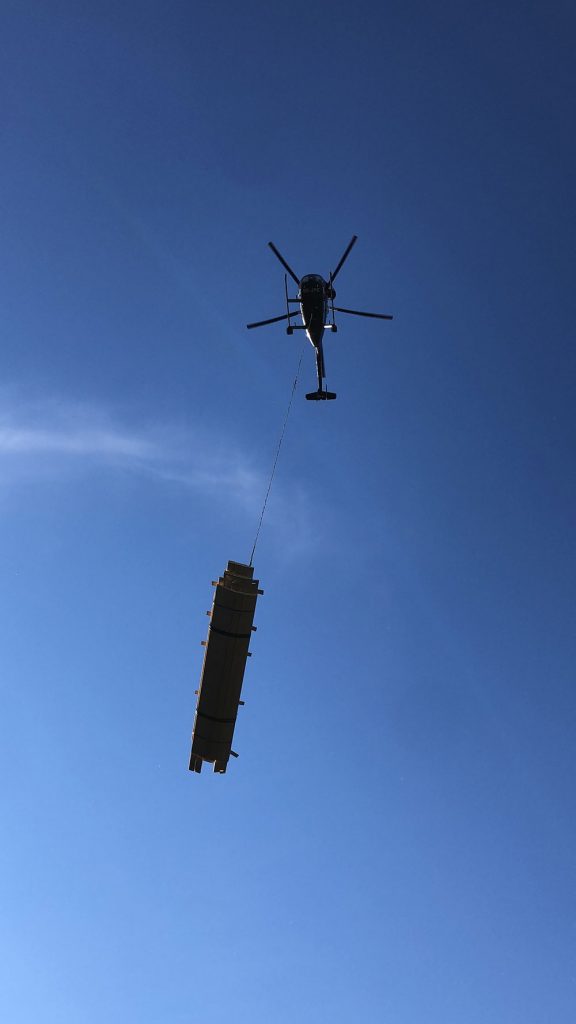
Mast construction, advanced
The mast construction course is intended for those who already have experience of working with sling loads, and want to move on to more advanced types of flight. The course includes:
– Installation of mast sections
– Removing mast sections
– Work and communication with the mast building crews
Mast Construction, advanced level
Theory
- Risk management, planning and preparations
- Equipment and Use
- Communicating with staff and mast builders
- Various mast types, guide lines, foundations, etc.
Practical training – mast construction
- Lifting and placement of loads
- Height and distance assessment during flight with vertical reference only
- Approach and disengagement
- Installation of mast sections
- Removal of mast sections
Each of the elements above contains a variety of considerations and requires advanced piloting skills. Virtually all of the work is directed by personnel on the ground or up in the masts, demanding your skills in flight with only vertical reference from height to be the very best. Our instructors are working themselves with all forms of mast construction, and will give you all the advice and tips you’ll ever need during the course…
